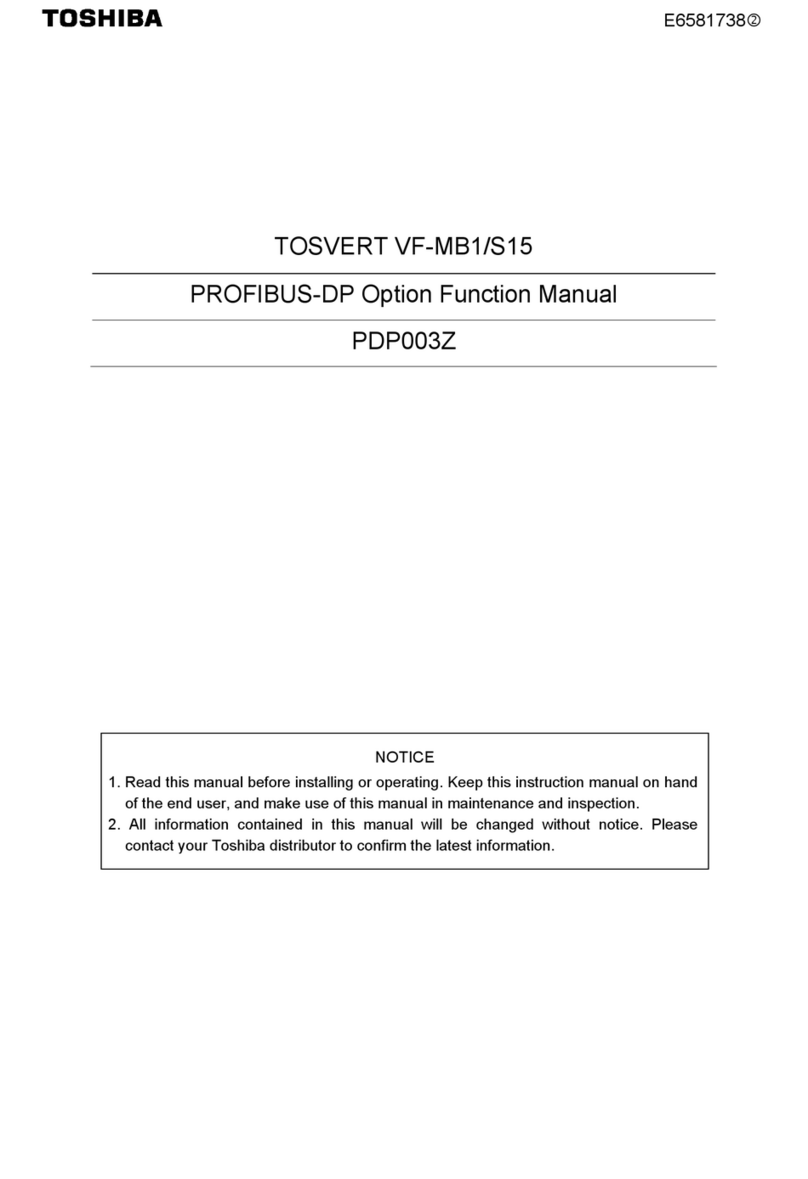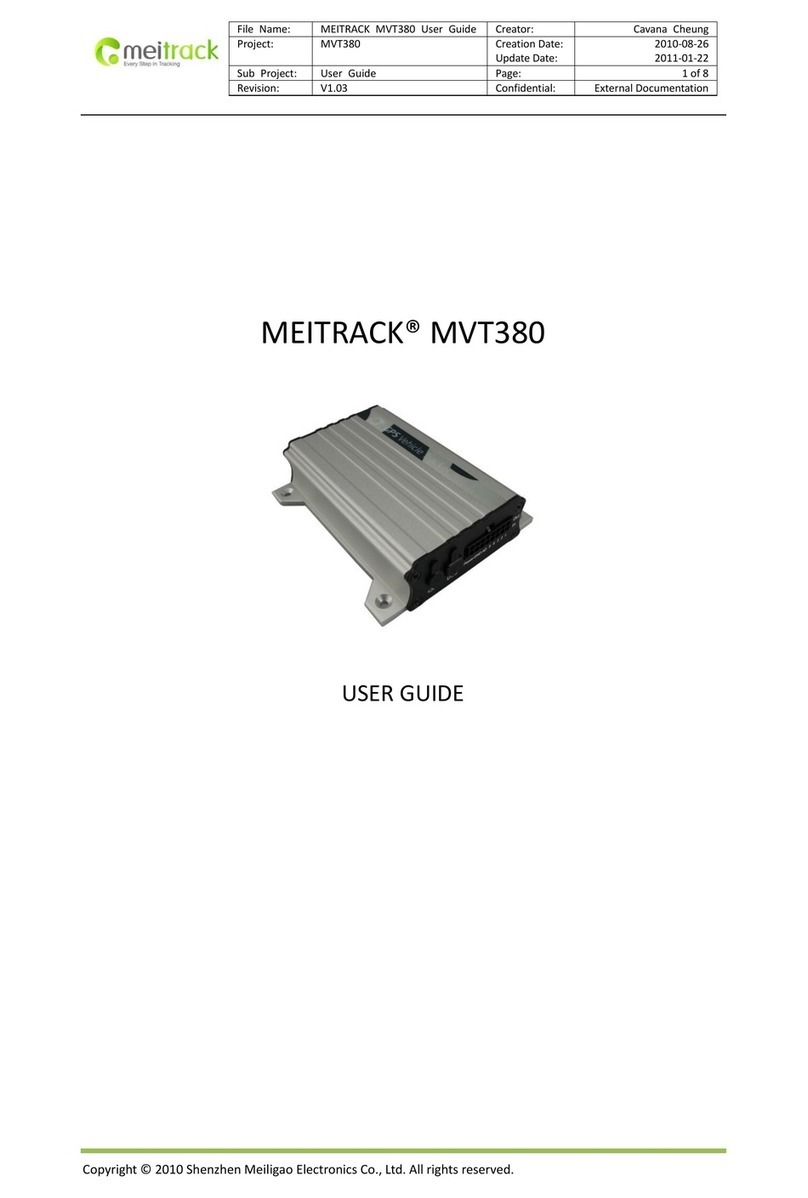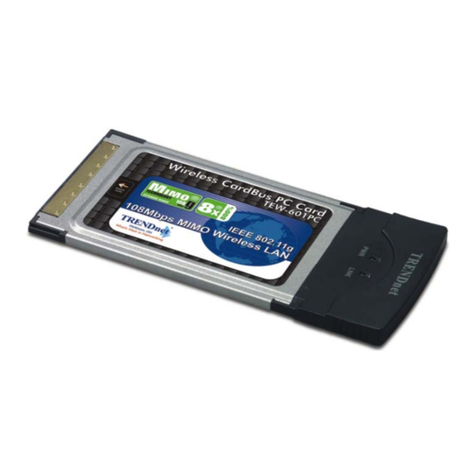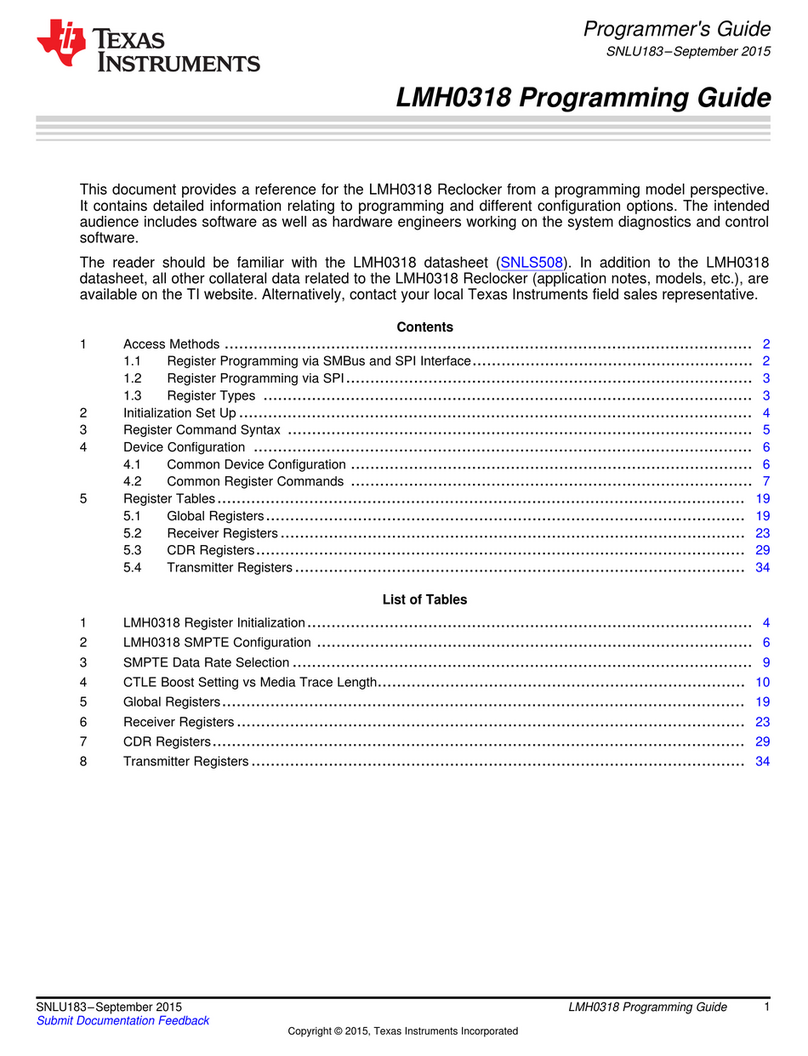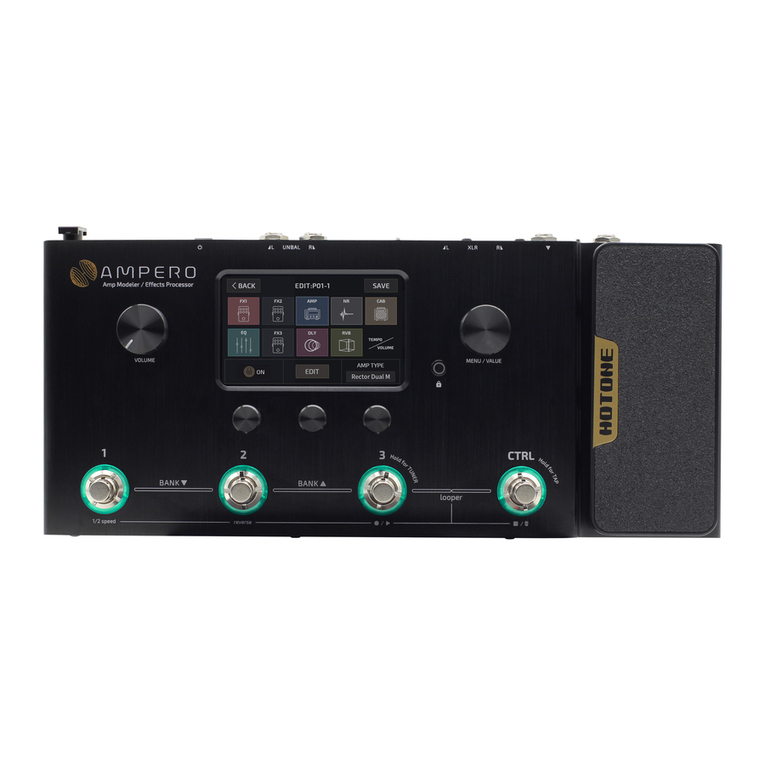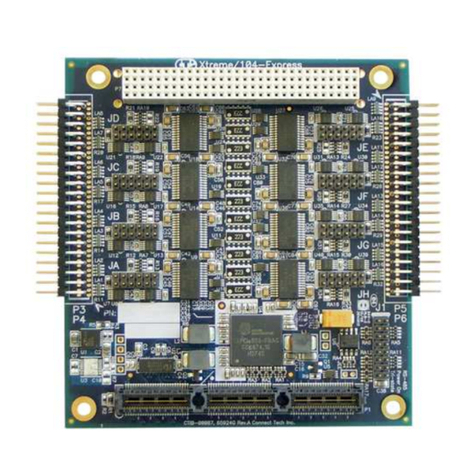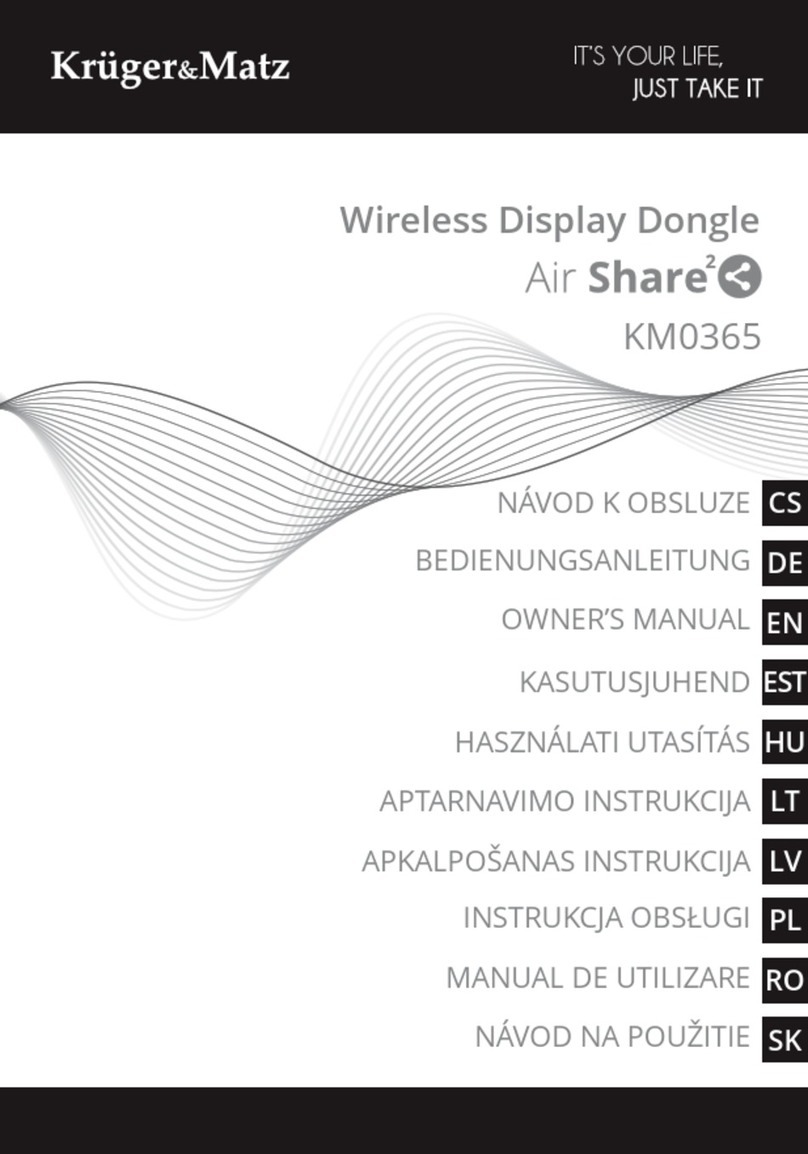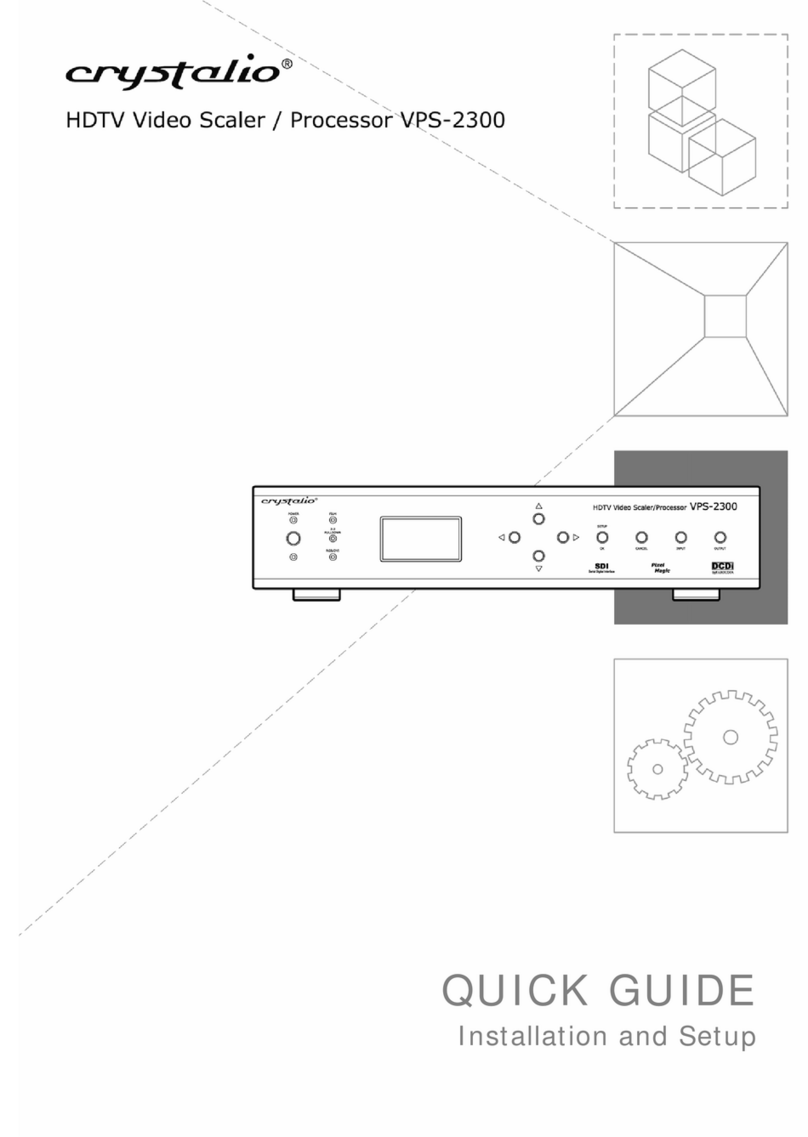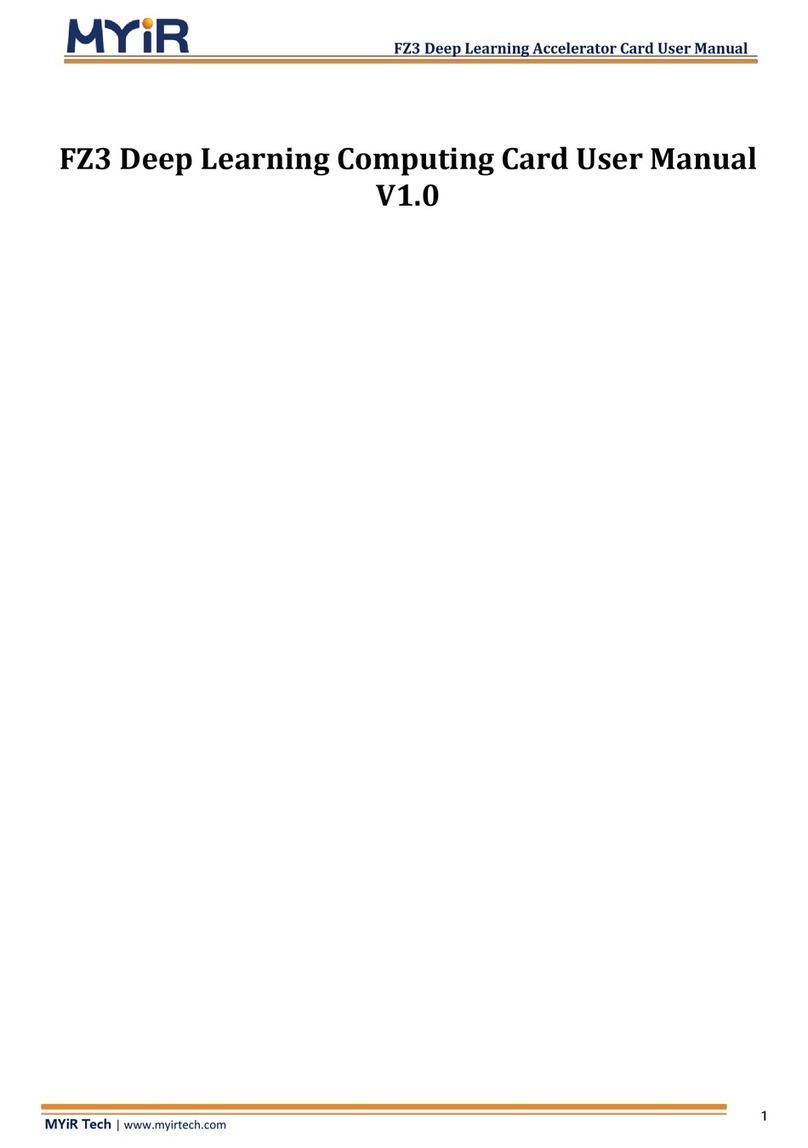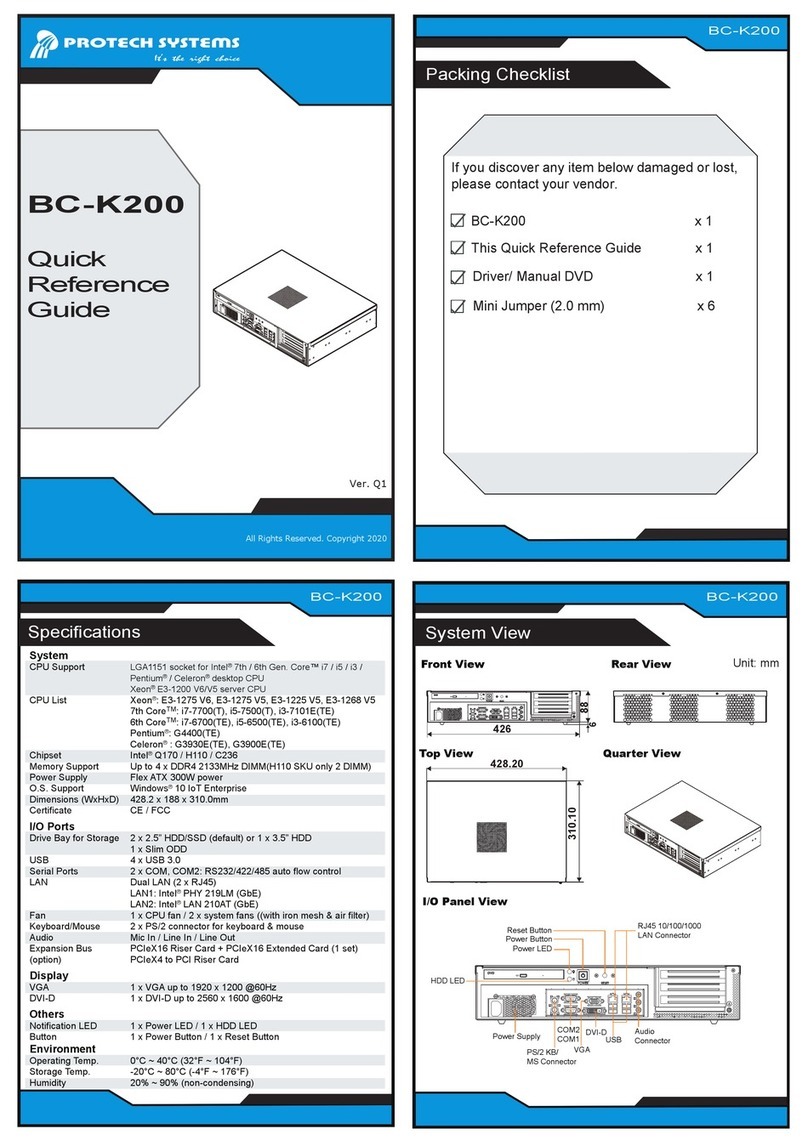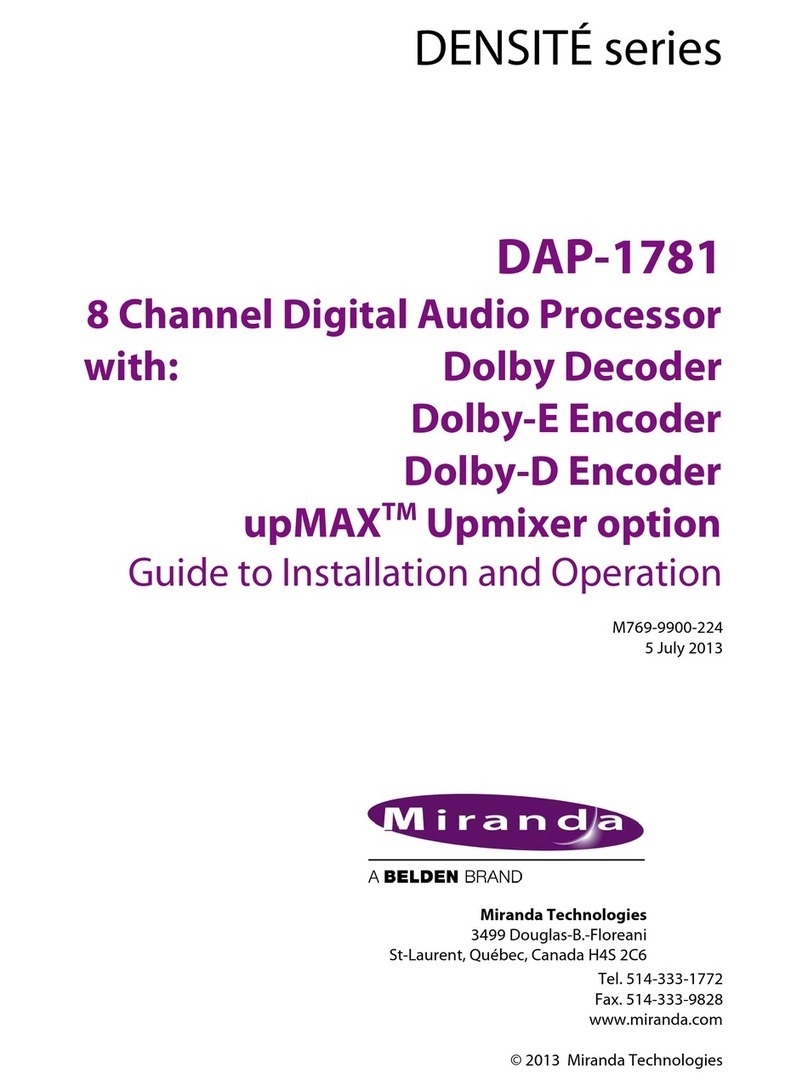
Y u sh uld check y ur w rk bef re installing IC1 in its s cket. P wer the b ard up using y ur ch ice f
meth ds (9V t the +V pin n J2, 5V regulated t any f the +5V pins, r USB p wer) and verify that 5V
appears n the +5V c nnect r near JP2.
Next, pr ceed t the Final Check ut secti n bel w.
Raspberry PI-Compatible Notes
Important Note: Although the GP3X board has pins labeled +5V, when using the Raspberry PI-
compatible version, these pins are at 3.3V. It will n t hurt the GP3 t p wer it at 5V, but it may damage the
h st c mputer.
In additi n, all time-related measurements f r the Raspberry PI-c mpatible versi n are at 1/2 res luti n
c mpared t the n rmal GP-3 (h wever, the baud rate is still 57600 baud). S a c mmand that specifies time
millisec nds n a n rmal GP-3 will use 2mS units n the Raspberry PI-c mpatible versi n.
The PI-c mpatible b ard c ntains the f ll wing c mp nents: C5, D1, IC1 (and s cket), R1, and X1. In additi n
there is a 3 pin header and a 2 pin header. Screw terminals are n rmally supplied.
The b ard is assembled as usual, ign ring any parts n t supplied. A wire jumper must be put in the PGM/RUN
jumper g ing fr m PGM t the center pin. Y u sh uld als install a wire jumper (insulated) between pin 1 f the
TTLSER c nnect r t any gr und p int (pin 5 f the DB-9 c nnect r, J3, is handy).
The 3 pin header is placed in the TTLSER pins (pin 2-4) and the tw pin header is place in any f the 4 h les
marked +5V and GND near the A4 pin n the edge f the b ard. Place the header s that ne pin is in the +5V
h le (which is actually 3.3V) and the ther is in the GND h le.
T c nnect t the Pi, c nnect 3.3V fr m the Pi (pin P1-1) t the +5V pin n the GP3X. Als c nnect the gr und
(pin P1-6). Y u can d this via the 2 pin header installed r the screw terminals, as y u prefer (if y u plan t
nly use the screw terminals, y u d n't need t install the tw pin header).
C nnect the PI's P1-8 pin t the GP3X TTLSER pin 3 and P1-10 t TTLSER pin 4. This enables serial
c mmunicati ns with the Pi.
The serial p rt n the Pi is used as the system c ns le. This has t be disabled in rder t free the p rt f r use
with the GP3. Edit /etc/inittab and find the line that c ntains /sbin/getty and ttyAMA0. Using a text edit r (and
y ur r t l gin) place a # sign at the start f this line and save the file. Y u will have t reb t the Pi t free the
serial p rt. If y u ever want t enable the c ns le, edit the file again and rem ve the # sign.
F r s ftware, see http://www.awce.c m/gp3pi.htm f r the latest s ftware and dem s.
Arduino-Compatible Notes
The Arduin -c mpatible versi n nly uses the f ll wing parts: C5, D1A, IC1 (and s cket), R1, and X1. In
additi n, there is a 3 pin header and a 2 pin header. Screw terminals are n rmally supplied.
The b ard is assembled as usual, ign ring any parts n t supplied. A wire jumper must be put in the PGM/RUN
jumper g ing fr m PGM t the center pin. Y u sh uld als install a wire jumper (insulated) between pin 1 f the
TTLSER c nnect r t any gr und p int (pin 5 f the DB-9 c nnect r, J3, is handy).
The 3 pin header is placed in the TTLSER pins (pin 2-4) and the tw pin header is place in any f the 4 h les
marked +5V and GND near the A4 pin n the edge f the b ard. Place the header s that ne pin is in the +5V
h le (which is actually 3.3V) and the ther is in the GND h le.
T c nnect t the Arduin , y u must c nnect p wer t the 2 pin header r the terminals marked +5 and –
(usually fr m the Arduin ; if y u use a separate 5V supply, be sure the Arduin and the GP3 share a c mm n
gr und). The serial p rt c nnects t pin 3 and 4 f the TTLSER c nnect r. Depending n y ur sketch, y u may
-7-
